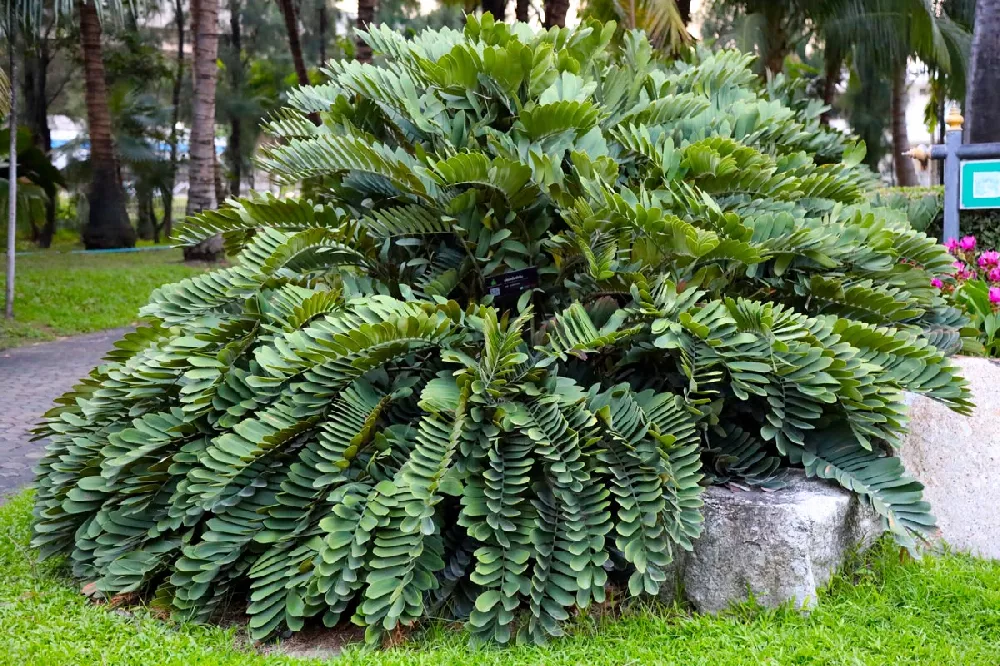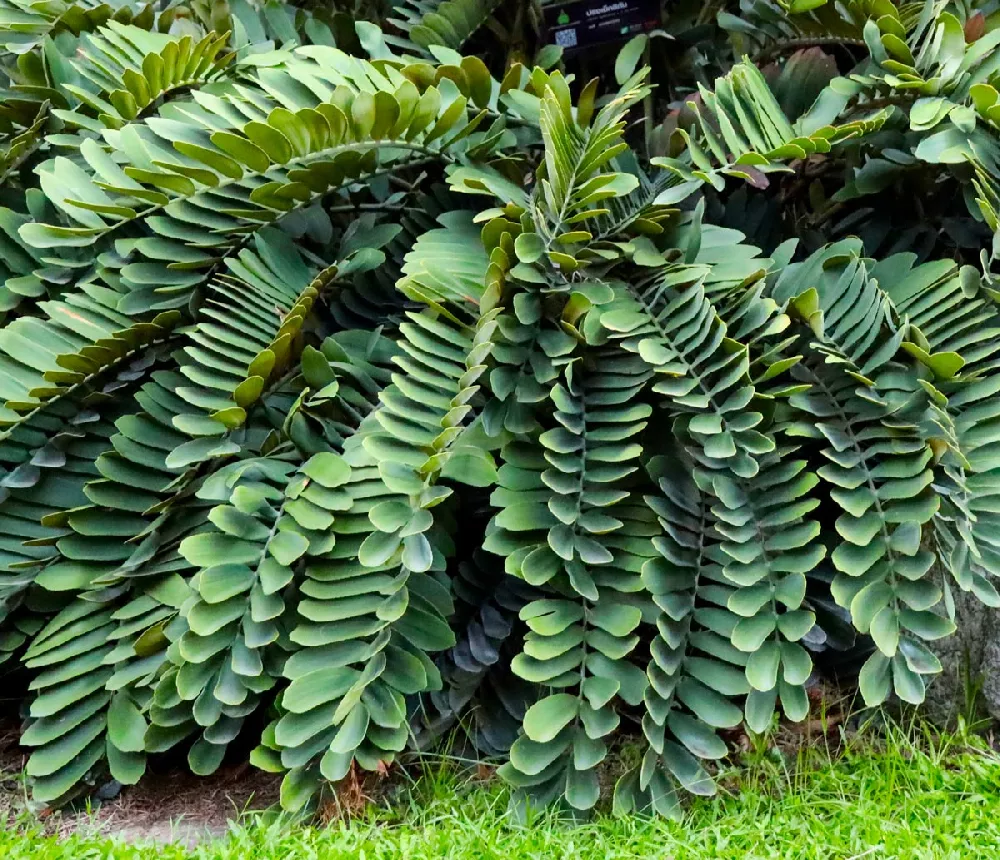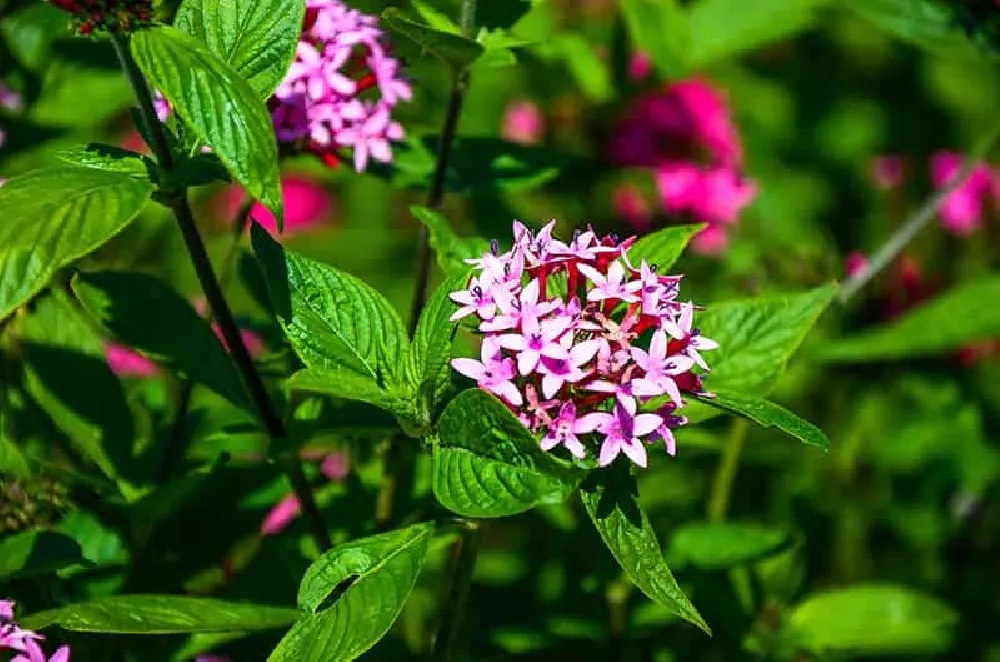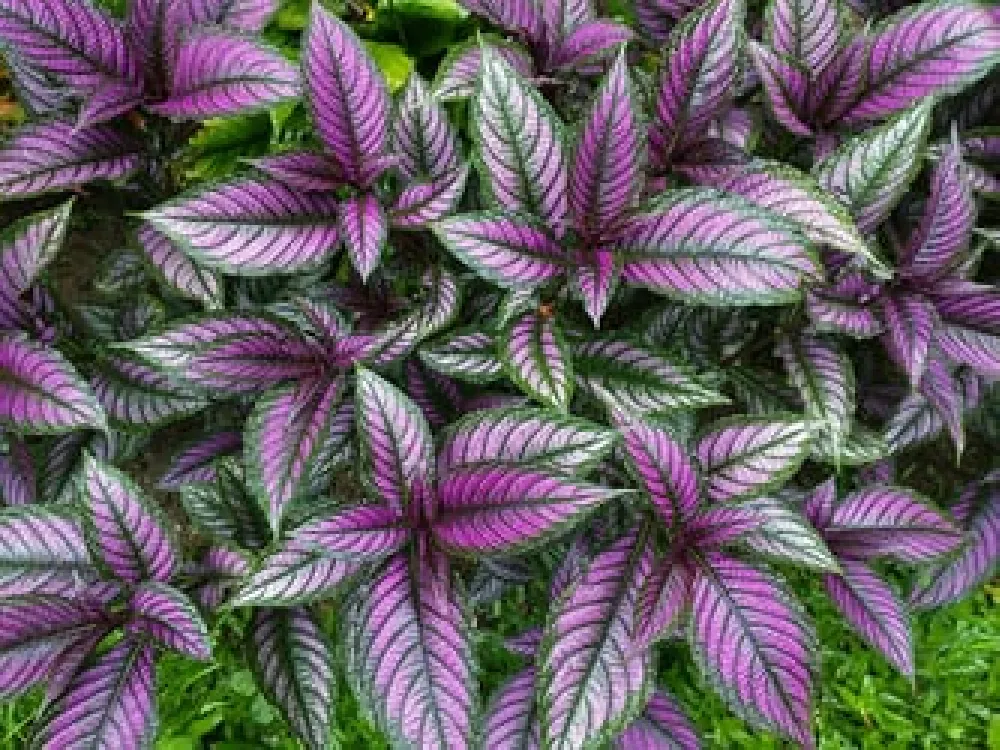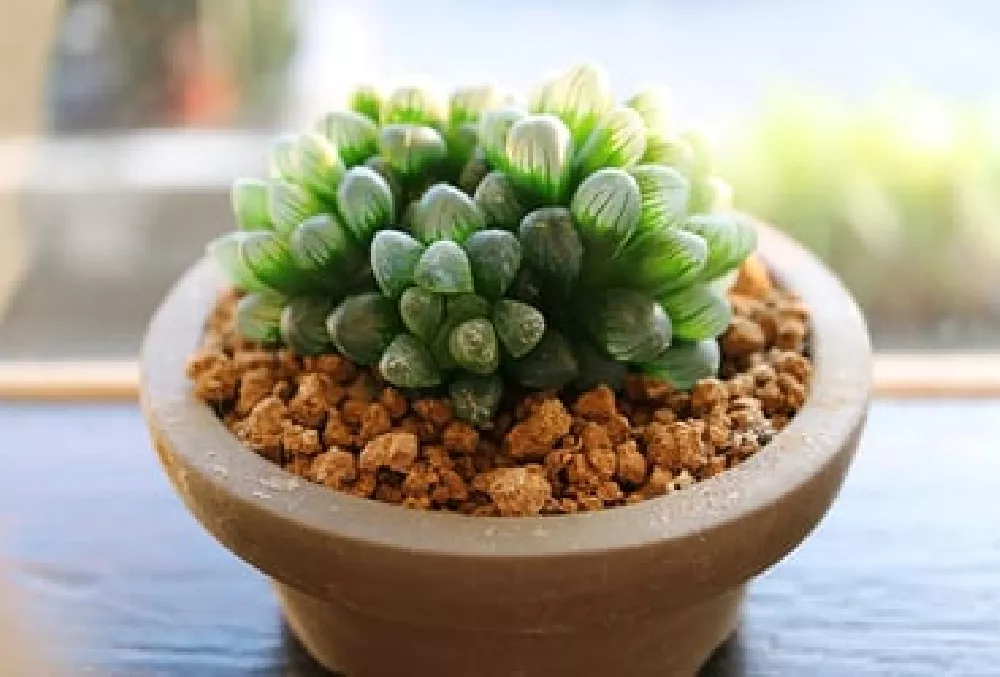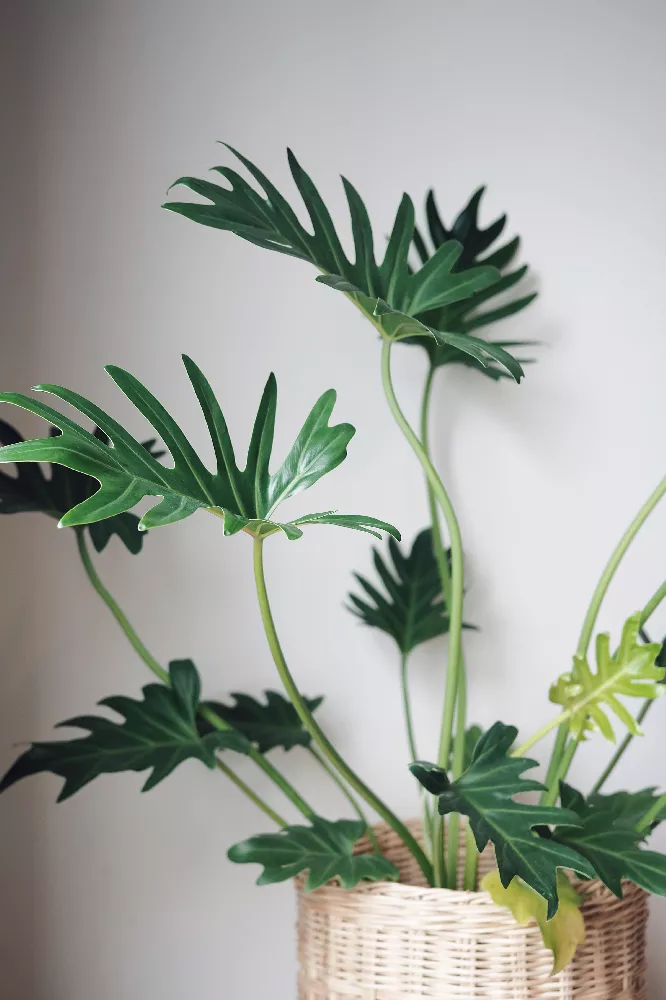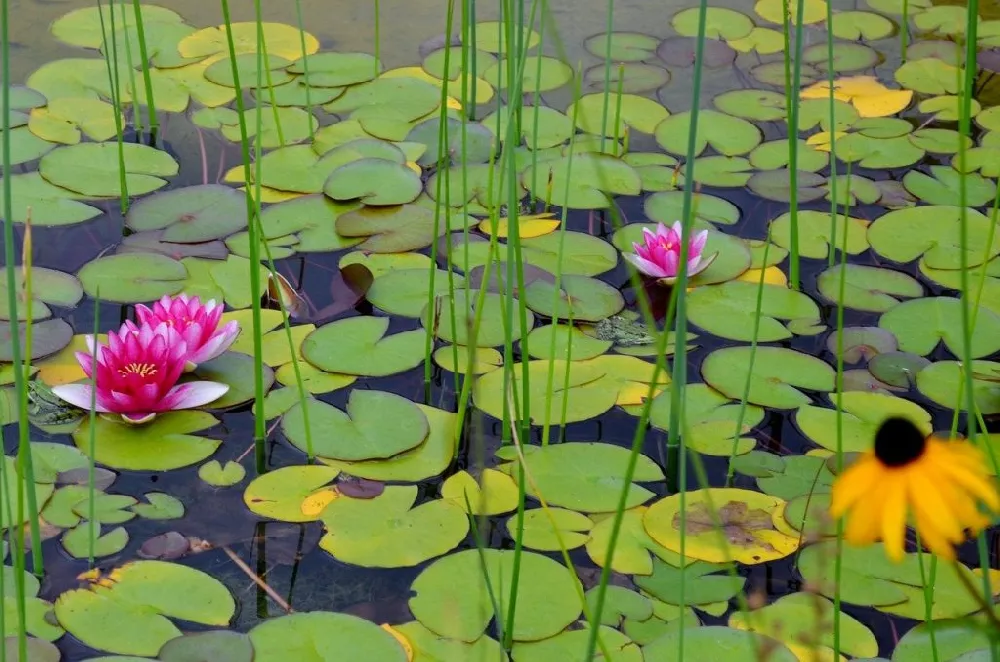- Home >
- Houseplants >
- Cardboard Palm
Cardboard Palm for Sale - Buying & Growing Guide
This quirky and lovable plant, also known as Zamia furfuracea, is actually not a palm, but a cycad, an ancient type of plant that dates back to the time of the dinosaurs. And though it's easy to imagine a triceratops munching on its leaves, it is equally at home on your patio or in your living room, where it brings a welcome note of robust greenery to its surroundings. Its branches arch gracefully as it reaches its mature height of 2 to 3 feet indoors, while outdoors it may grow as tall as 5 feet, with a spreading habit that can reach 8 feet around. The pinnate leaves have a coarse, leathery texture, not unlike cardboard — hence its name. Female plants put out unusual cone-like structures that are eye-catching and add interest to this attractive plant. Here are a few more reasons to plant a cardboard palm:
- The cardboard palm is easy to care for; it needs no fussing over and is resistant to pests and diseases.
- It is somewhat drought tolerant and very forgiving if you forget to water it regularly.
- It’s salt-tolerant — a good choice to plant near the ocean in the southern end of its range.
Enter your zip code to find nearby stores that may carry this plant.
Plant Care
Sunlight

Your cardboard palm will thrive in partial to full sun — at least four to six hours of direct light a day.
Watering
Cardboard palms like moist, but not soggy, soil. Water mature plants about once a week.
Fertilizing

Fertilize your cardboard palm throughout the growing season with a product designed for houseplants.
Planting and Care
Planting instructions
Choose a site for your cardboard palm where it gets at least partial sun during the day. Dig a hole that’s as deep as the root ball and twice as wide. Place the plant in the hole, and, while holding it upright and steady, fill in around the roots with good-quality topsoil or, if you’re planting in a container, potting soil. Water thoroughly. Apply a 2- to 3-inch layer of an organic mulch, such as bark chips, around the root zone, to conserve water and hinder weeds.
Watering and nutrients
When newly planted, give your cardboard palm some water a few times a week. Once you see new growth starting, you can taper back on supplemental watering. To know if your mature plant needs water, check the soil 2 inches below the surface. If it’s dry, water it thoroughly. In the winter, when your tree is resting, cut back watering to once every other week. Fertilize your cardboard palm with a balanced, slow-release product designed for houseplants or a general-purpose fertilizer if planted outside. You can also cut back on fertilizer during winter.
Pollination
Cardboard palms are dioecious, meaning that male and female reproductive parts are on different trees. Male plants form cones that emit pollen, which can pollinate the cones of female trees. These then produce orange, fleshy seeds once fertilized.
Pruning
Your cardboard palm doesn’t need pruning for shape; it will naturally assume a pleasing, rounded mound. The only pruning you’ll need to do is to trim off dead, diseased, or damaged branches whenever you see them. Branches arise from the central trunk, and outer branches will slowly wilt away and can be cut out.
Pests and diseases
Cardboard palms are susceptible to all the usual houseplant pests, such as aphids and red spider mites. They are also prone to attack by the Florida red scale insect when planted outside. You may have luck when treating outdoor plants by releasing beneficial insects, such as predator wasps or ladybugs, to fight the pests. Cardboard palms may suffer from any one of a host of fungal diseases that are caused or encouraged by overwatering and may cause root rot. Be sure to plant them in a container that has excellent drainage, and avoid getting water on the leaves whenever possible.
Achieving maximum results
In most of its range, the cardboard palm needs to be planted in a container and brought in whenever the temperatures go below 30 degrees Fahrenheit. It makes an excellent houseplant and adapts easily to container living. There are a few considerations to having a houseplant, though, that you don’t have with outdoor plants. For one, note that you’ll want to monitor it more carefully to determine when it needs water. A plant grown outdoors can develop a deep root system that can access moisture below the surface, but a pot-grown plant is limited by the confines of its container. So you may need to water your cardboard palm more often. The same is true with fertilizer. It will need more regular applications of plant food throughout the growing season than an outdoor plant might. Also, with a household plant, it’s a good idea to wipe down the leaves regularly with a damp cloth to help keep them free of dust and to deter insects.
FAQs
Where can I grow a cardboard palm outside?
Cardboard palms can be grown outdoors in USDA hardiness zones 9 through 11. That includes much of Florida, the southern parts of Texas and Louisiana, and California's coastal areas. In these sites, your plant may grow as tall as 5 feet and should thrive in your garden. In the rest of the U.S., plant your cardboard palm in a container with good drainage and bring it inside when the temperature goes below 30 degrees Fahrenheit.
Is the cardboard palm toxic?
Yes. All parts of this plant are toxic and can cause serious illness to humans and animals. For this reason, it's a good idea to keep your container-grown plant where it will not be accessible to young children or companion animals.
How fast do cardboard palms grow?
Cardboard palms are very slow-growing plants. The benefit here is that they do not need to be re-potted as often some houseplants do, and you may go several years without needing to select a larger container for your growing plant.
Compare Similar Products
You can't add more Product Name - Product size to the cart.
OK